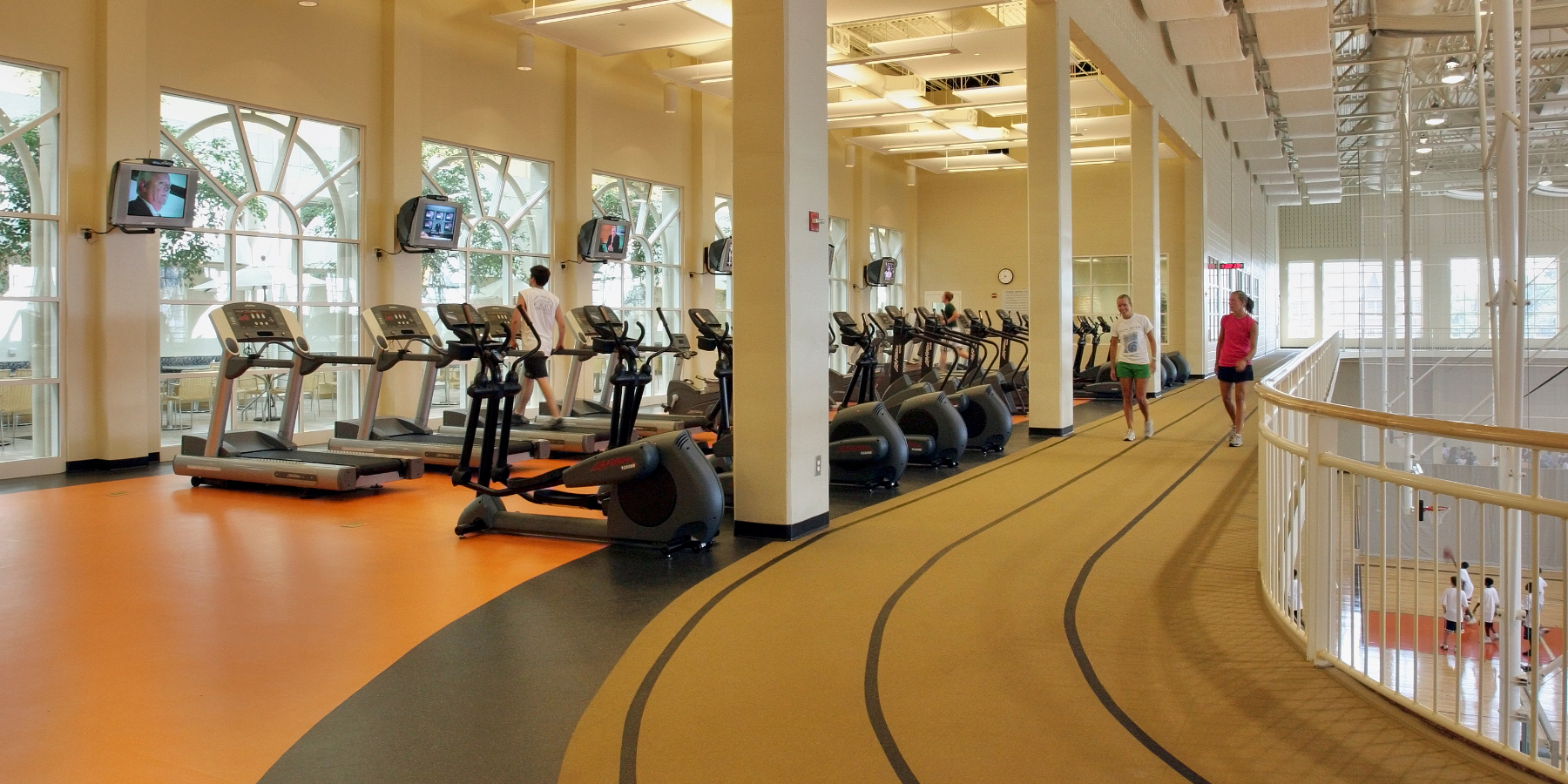The most popular New Year’s resolution for 2022 probably comes as no surprise. Of those who made resolutions this year, just over a quarter of them pledged to lose weight or improve their health, according to a CBS News poll.

Adding physical activity to your daily routine not only helps you lose weight — if that’s what you want to do — but comes with many other physical and mental health benefits as well.
Dr. Ginny Frederick, an assistant professor of kinesiology in Mercer University’s College of Health Professions, studies how physical activity, sleep and sedentary time among undergraduate college students impacts their quality of life.
Through her research, she found that overall college students’ level of physical activity impacted their feelings of mental and physical energy and fatigue more so than how much they slept or the amount of time they spent sitting.
While there are some differences between men and women, “we generally see that people who report a higher level of physical activity also report higher levels of energy and lower levels of fatigue,” she said.
With her research in mind, Dr. Frederick shared four tips to help you get moving and increase the amount of physical activity in your life.
1. Understand the benefits
Regardless of the reason why you want to exercise, there are many benefits to being active. Being active lowers your risk of chronic disease, reduces stress and anxiety, and improves sleep.
Some of these benefits can be felt immediately. For example, stress relief can occur shortly after beginning a workout.
“While there are benefits to participating in physical activity regularly over time, it’s also something that helps in the acute sense as well,” Dr. Frederick said.
What’s more, the amount of health benefits increases with the amount of physical activity you do. And the people who experience the most benefits are those who go from doing nothing to doing something.
“So, you don’t have to go full speed ahead 100%,” she said. “The smallest change will bring you health benefits — mental and physical.”
2. Start small
Physical activity guidelines recommend at least 150 minutes of moderate-intensity aerobic activity or at least 75 minutes of vigorous-intensity aerobic activity per week, and two days should include a muscle strengthening activity.
But you don’t have to hit that target all in one workout. In fact, it’s better if you spread it out throughout the week because some of the immediate benefits are short-lived.
“If you are physically active on Monday, by Tuesday some of those benefits are starting to wear off,” Dr. Frederick said. “So, if you’re active again on Tuesday, you’ll return those benefits.”
Aerobic exercises include activities that increase your breathing and heart rate and are commonly referred to as “cardio.” Examples of moderate-intensity aerobic activities include walking, slowly swimming or playing doubles tennis. Vigorous-intensity aerobic activities include running, fast bicycling or playing a game of basketball.
If you’re just starting out, you may want to initially exercise for shorter increments of time and work your way up with weights. For example, start with a 10-minute walk and use your own body for weight for exercises and build from there.
“By starting small, you’ll incrementally improve your fitness, and you won’t have to put your body through that really, really uncomfortable side,” she said.
You may still get sore, she warned, but it won’t be debilitating.
3. Do something you enjoy
People often ask Dr. Frederick what is the best physical activity for them to do. And her answer is always the same: “The best physical activity for you is the one that you will do.”
If you enjoy going to the gym, work out at the fitness centers on Mercer’s Macon and Atlanta campuses. Walk, run or ride your bike at local parks or trails, like Amerson River Park in Macon or the Atlanta BeltLine, if you enjoy being outside.
If you enjoy manual labor, like working on houses, that’s an option, too, Dr. Frederick said.
Do you prefer working out by yourself? Since the start of the COVID-19 pandemic, there has been an increase in the number of virtual exercise programs available online and through various apps. Those may be an option if you like being active in your own space and without other people around you.
Or, if you prefer to be more social, instead of sitting down for coffee with friends, go walking with them. That way, you’re still getting that social interaction, but you’re also being physically active.
“That’s the biggest thing — find something that you enjoy and that you want to do because, ultimately, that’s what’s going to help you stick to actually doing it,” Dr. Frederick said.
4. Use an activity tracker
For those who are comfortable with it, wearing an activity tracker or using a tracking app on your phone is a great way to stay motivated, Dr. Frederick said.
Wearable activity trackers are available at a variety of price points, and some apps are available to download on your phone for free.
In addition to tracking your exercise, many trackers and apps offer social support through challenges with friends and family.
“In physical activity, we know that social support is such a big thing,” Dr. Frederick said. “If you’re hanging out with a group of friends and nobody in your group is physically active, it’s pretty unlikely that you’re going to take a step out there and just start being physically active on your own.
“It’s one of those things where it’s much easier to do if it’s part of your social life.”
Adding physical activity can only improve your wellbeing.
“When you’re being physically active, you are helping your body and your mind,” she said.










